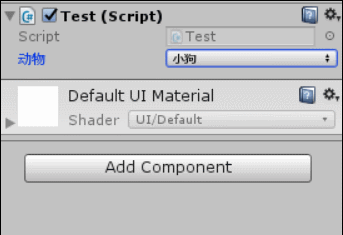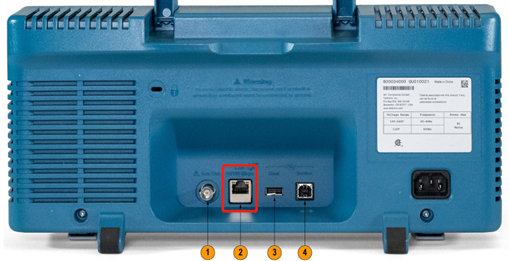LINQ - Full Outer Join(LINQ - 完全外部联接)
问题描述
I have a list of people's ID and their first name, and a list of people's ID and their surname. Some people don't have a first name and some don't have a surname; I'd like to do a full outer join on the two lists.
So the following lists:
ID FirstName
-- ---------
1 John
2 Sue
ID LastName
-- --------
1 Doe
3 Smith
Should produce:
ID FirstName LastName
-- --------- --------
1 John Doe
2 Sue
3 Smith
I'm new to LINQ (so forgive me if I'm being lame) and have found quite a few solutions for 'LINQ Outer Joins' which all look quite similar, but really seem to be left outer joins.
My attempts so far go something like this:
private void OuterJoinTest()
{
List<FirstName> firstNames = new List<FirstName>();
firstNames.Add(new FirstName { ID = 1, Name = "John" });
firstNames.Add(new FirstName { ID = 2, Name = "Sue" });
List<LastName> lastNames = new List<LastName>();
lastNames.Add(new LastName { ID = 1, Name = "Doe" });
lastNames.Add(new LastName { ID = 3, Name = "Smith" });
var outerJoin = from first in firstNames
join last in lastNames
on first.ID equals last.ID
into temp
from last in temp.DefaultIfEmpty()
select new
{
id = first != null ? first.ID : last.ID,
firstname = first != null ? first.Name : string.Empty,
surname = last != null ? last.Name : string.Empty
};
}
}
public class FirstName
{
public int ID;
public string Name;
}
public class LastName
{
public int ID;
public string Name;
}
But this returns:
ID FirstName LastName
-- --------- --------
1 John Doe
2 Sue
What am I doing wrong?
I don't know if this covers all cases, logically it seems correct. The idea is to take a left outer join and right outer join then take the union of the results.
var firstNames = new[]
{
new { ID = 1, Name = "John" },
new { ID = 2, Name = "Sue" },
};
var lastNames = new[]
{
new { ID = 1, Name = "Doe" },
new { ID = 3, Name = "Smith" },
};
var leftOuterJoin =
from first in firstNames
join last in lastNames on first.ID equals last.ID into temp
from last in temp.DefaultIfEmpty()
select new
{
first.ID,
FirstName = first.Name,
LastName = last?.Name,
};
var rightOuterJoin =
from last in lastNames
join first in firstNames on last.ID equals first.ID into temp
from first in temp.DefaultIfEmpty()
select new
{
last.ID,
FirstName = first?.Name,
LastName = last.Name,
};
var fullOuterJoin = leftOuterJoin.Union(rightOuterJoin);
This works as written since it is in LINQ to Objects. If LINQ to SQL or other, the query processor might not support safe navigation or other operations. You'd have to use the conditional operator to conditionally get the values.
i.e.,
var leftOuterJoin =
from first in firstNames
join last in lastNames on first.ID equals last.ID into temp
from last in temp.DefaultIfEmpty()
select new
{
first.ID,
FirstName = first.Name,
LastName = last != null ? last.Name : default,
};
这篇关于LINQ - 完全外部联接的文章就介绍到这了,希望我们推荐的答案对大家有所帮助,也希望大家多多支持编程学习网!
本文标题为:LINQ - 完全外部联接


- C#MongoDB使用Builders查找派生对象 2022-09-04
- 在哪里可以找到使用中的C#/XML文档注释的好例子? 2022-01-01
- MoreLinq maxBy vs LINQ max + where 2022-01-01
- WebMatrix WebSecurity PasswordSalt 2022-01-01
- Web Api 中的 Swagger .netcore 3.1,使用 swagger UI 设置日期时间格式 2022-01-01
- C# 中多线程网络服务器的模式 2022-01-01
- 输入按键事件处理程序 2022-01-01
- 如何用自己压缩一个 IEnumerable 2022-01-01
- 良好实践:如何重用 .csproj 和 .sln 文件来为 CI 创建 2022-01-01
- 带有服务/守护程序应用程序的 Microsoft Graph CSharp SDK 和 OneDrive for Business - 配额方面返回 null 2022-01-01









